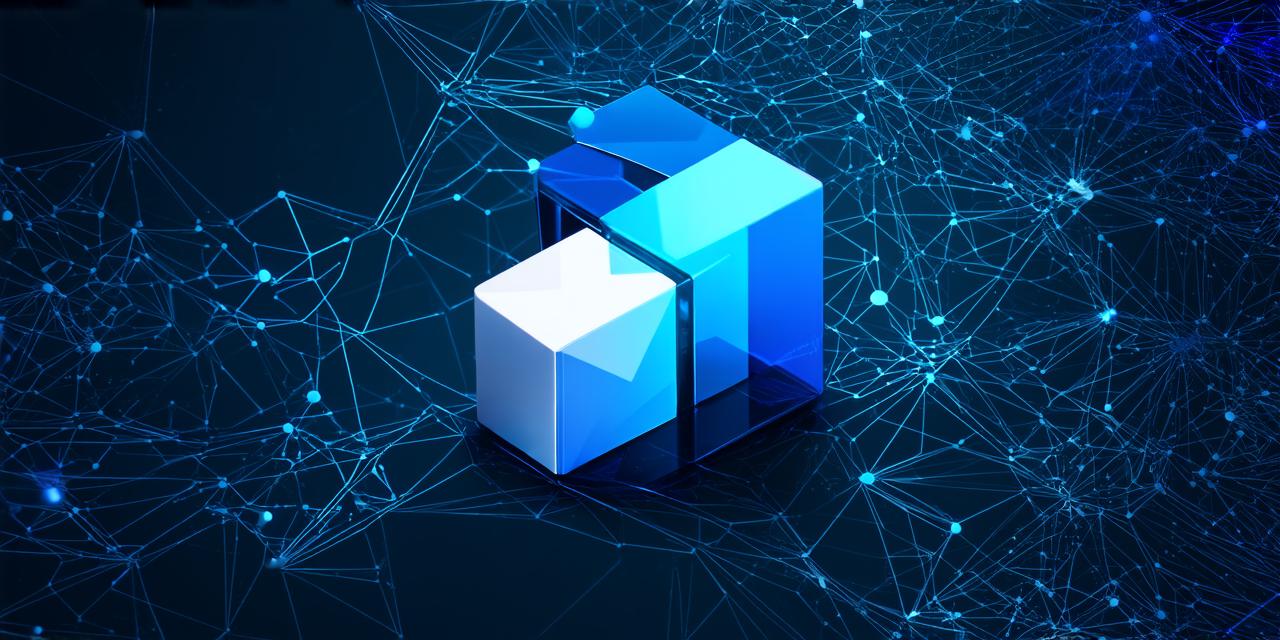What is a Blockchain Network?
A blockchain network is a decentralized database that stores data in blocks, which are chained together chronologically. Each block contains information about transactions, as well as a cryptographic hash of the previous block, creating an immutable record of all transactions on the network. This decentralization ensures that no single entity has control over the network, making it highly resistant to tampering and fraud.
The Benefits of Blockchain Networks
- Decentralization: As mentioned earlier, blockchain networks are decentralized, which means they do not rely on a central authority or intermediary for transactions. This reduces the risk of fraud and eliminates the need for intermediaries, making transactions faster and more cost-effective.
- Transparency: Blockchain networks are transparent, meaning that all participants can see the same information. This makes it difficult to hide any illegal or unethical activities on the network.
- Security: Blockchain networks use cryptography to secure data, ensuring that only authorized users can access and modify the information. This makes it highly resistant to cyber attacks and other forms of fraud.
- Immutability: Once data is recorded on a blockchain network, it cannot be altered or deleted. This ensures that the integrity of the data is maintained and reduces the risk of fraudulent activities
- Smart Contracts: Blockchain networks enable smart contracts, which are self-executing contracts with the terms of the agreement directly written into code. This eliminates the need for intermediaries, making transactions faster and more efficient.
The Limitations of Blockchain Networks
- Scalability: Blockchain networks can be slow and expensive to scale, especially when dealing with large volumes of data.
- Privacy: Although blockchain networks are transparent, they do not provide complete privacy for participants. Personal information such as names and addresses can be seen on the network.
- Regulatory Challenges: Blockchain networks face regulatory challenges in many countries, which can limit their adoption and usage.
- Complexity: Blockchain technology is complex, and it requires specialized knowledge to develop and maintain a blockchain network.
- Energy Consumption: Blockchain networks consume a significant amount of energy, especially when dealing with large volumes of data.
Real-Life Examples of Blockchain Networks
Bitcoin
The most well-known example of a blockchain network is Bitcoin, which uses a decentralized ledger to record transactions. Bitcoin’s success has paved the way for other cryptocurrencies and blockchain-based applications.
Ethereum
Ethereum is another popular blockchain network that enables the creation of decentralized applications (dApps) using smart contracts. dApps can be used for a wide range of purposes, including voting systems, supply chain management, and identity verification.
Hyperledger
Hyperledger is an open-source blockchain framework that is designed to enable interoperability between different blockchain networks. It is being used in various industries such as finance, healthcare, and logistics.
Ripple
Ripple is a blockchain network that enables fast and low-cost cross-border payments. It has partnerships with major banks and financial institutions, making it an ideal solution for global payments.
The Future of Blockchain Networks
Blockchain technology is still in its early stages, but it has already had a significant impact on various industries. As the technology continues to evolve, we can expect to see more use cases and applications emerge. However, there are also challenges that need to be addressed before blockchain networks can achieve widespread adoption. These challenges include regulatory hurdles, scalability issues, and privacy concerns.
Summary
In conclusion, a blockchain network is a decentralized database that stores data in blocks, which are chained together chronologically.

